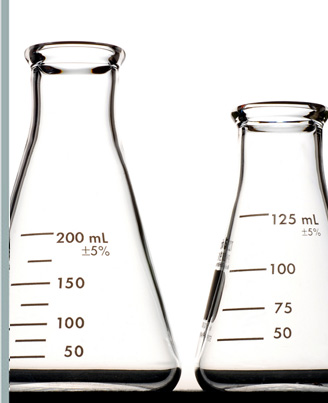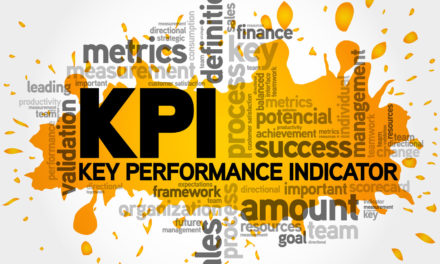 In order to assure that a company has a well functioning organizational structure executive management needs to be very proactive. No where is this more the case than in the QC laboratory environment.
In order to assure that a company has a well functioning organizational structure executive management needs to be very proactive. No where is this more the case than in the QC laboratory environment.
Audits and warning letters are very common within the pharmaceutical industry, and issues connected with both of these are very common in dealing with laboratory operations. Given the complexity of QC operations, situations, where this is under control, is impressive given the criticality relative to drug development processes.
There are regulations to ensure that the products comply with certain standards of safety, efficacy, purity, and stability. These regulatory inspections are conducted anytime, without warning by the FDA, thus, laboratories must perform regular self-evaluations to ensure they meet the regulatory standards.
Following are several basic elements of a laboratory control system that ensure the production of high-quality products:
1. The facility
It should be of the right size and design To function with a good product and personnel flow.
The operators must pay close attention to and permanently monitor airflow, temperature and humidity conditions to ensure all laboratory operations are carried out under a controlled environment. Work areas must be spotlessly clean at all times. Test articles must be separated to make sure samples are not contaminated or stressed, as well as not mixed or handled incorrectly.
2. The equipment
There should be enough space for both existing and new equipment. Every piece of equipment must be accurately qualified for its use purpose and must be regularly calibrated and maintained to ensure that the results are accurate and valid. Maintenance must be based upon standard operating procedures and manuals. Equipment with critical status has to be given high priority in relation to preventive maintenance and calibration and must be fully qualified and validated. Other types of equipment may require qualification or validation, depending on their use.
3. The Validation
Every laboratory process must be qualified & validated; this includes facilities, equipment, analytical methods, and computer programs used to test pharmaceutical products. Every supplier needs to be audited and qualified And should be part of an approved vendor process.
The validation includes many qualification activities that ensure every process has complied with its pre-determined acceptance criteria. It has documented testing performed under strictly controlled conditions, confirming a mode of operation that provides a consistent result. Revalidation is necessary at defined intervals or every time a validated system changes subject to change control review & approval and calibration is also done as this may change based on use. Every written procedure must be sufficiently detailed and accurate to make sure that it is operated satisfactorily..
4. The documentation
This is the way to record how a product is produced, tested, packaged and stored, so, all documentation must be clearly identified and complete. Every procedure must be clearly documented to ensure controlled use and any implementation of planned changes. Procedures should reflect the actual practices and must govern the quality and integrity of the data being produced to support the product. Every change, no matter how small, must be immediately documented.
5. The laboratory records
These must be current, permanent, legible, accurate, clear, consistent, and complete. Work that is not documented was never performed. Records must include the ‘what’ and ‘how’ of the matter, and regular reviews must be performed to assure their accuracy, showing the signatures of those who were responsible for the tasks. Electronic records must exist as a back up.
6. The materials and methods
Every single material must be described and verified for quality and acceptability. The identity and concentration of reagents must be documented and labeled, as well as storage requirements and expiration dates. All suppliers must be qualified and approved. If, at any time, a manufacturer can’t supply a specific reagent, equivalent alternates are needed for specific branded products utilized in procedures. The transfer of materials must be documented as well, and every product has to be identified by proper labels. Materials and methods have to ensure the product is free from contamination and deterioration. Reference material must be completely characterized and documented, well-stored, secured, and used during testing.
7. The training
All personnel must be highly-qualified and experienced to perform the job. General, as well as functional training, must be validated.training should include a thorough knowledge of cGMP practices.
8. The laboratory investigations
These should identify the causes of a problem and should include initial observations, immediate actions, and correction, to ensure the issue doesn’t happen again. Where necessary, investigators should dispose of the affected products and issue a formal report on the case. Future inspections must be performed to check that everything is back to normal.
Be practical and look for the necessary information and advice from a pharmaceutical consultant before you and your image have something to regret. Better safe than sorry!
If you liked this article, tell all your friends about it. They’ll thank you for it. If you have a blog or website, you can link to it or even post it to your own site (don’t forget to mention www.smartpharmaconsulting.com as the original source).
Don’t Forget to Subscribe by RSS or Email:




